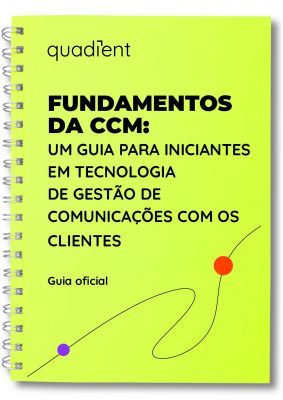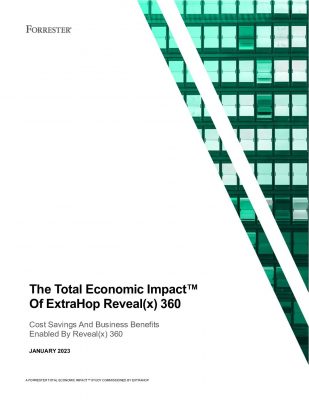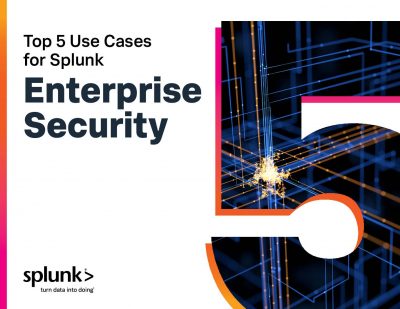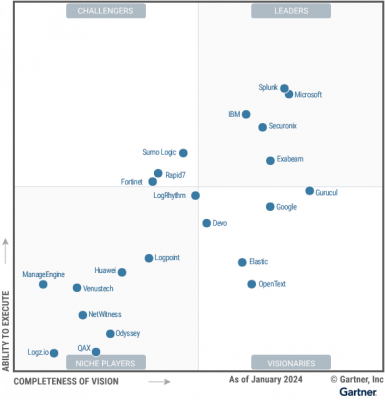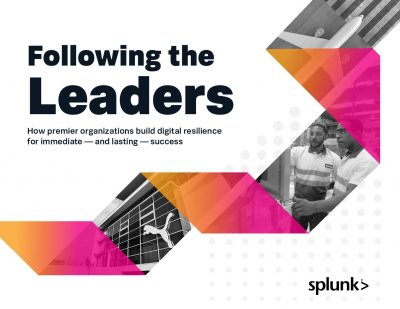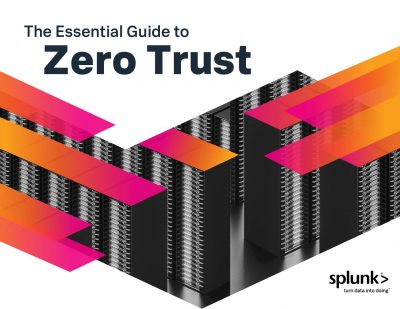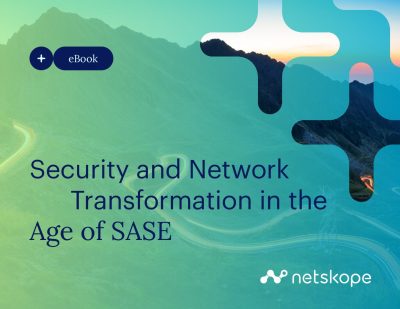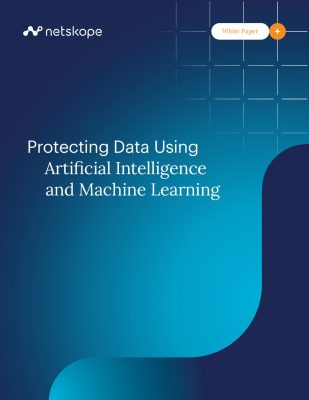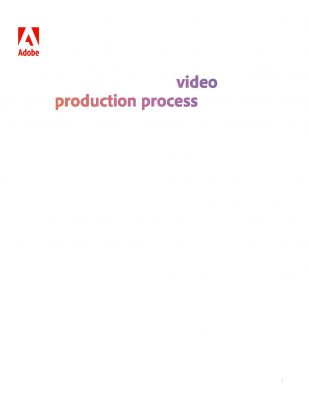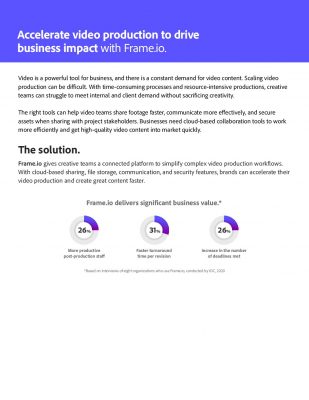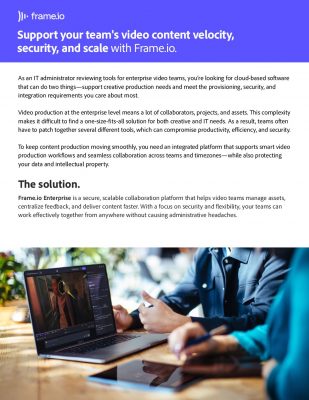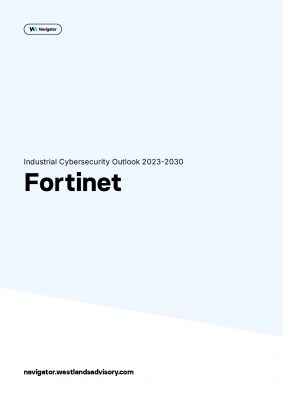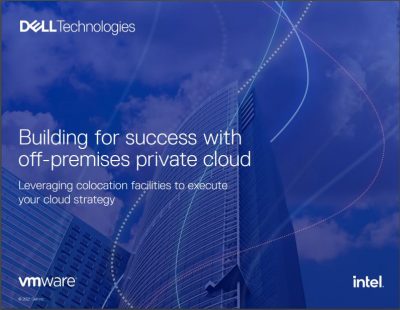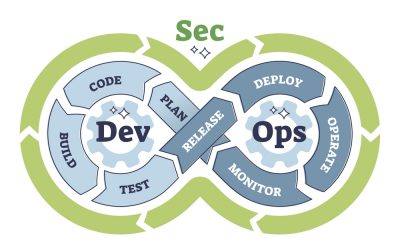Highlights:
- SAML supports multiple authentication methods, such as multifactor authentication (MFA) and username/password, and ensures secure access management across federated identity systems, cloud-based platforms, and enterprise environments.
- A SAML Assertion is an XML document sent by the identity provider to the service provider containing user authorization information.
Security Assertion Markup Language (SAML) is an open standard introduced in November 2002. It enables users to access various applications and domains across identity management systems.
Security Assertion Markup Language facilitates business cost minimization and sharing authentication and permission information among entities like identity providers and service providers.
SAML streamlines authentication processes by allowing users to log into multiple applications with a single login.
SAML supports multiple authentication methods, such as multifactor authentication (MFA) and username/password, and ensures secure access management across federated identity systems, cloud-based platforms, and enterprise environments.
What is SAML Authentication?
SAMLs validate a user’s identity and security credentials in the Security Assertion Markup Language authentication market. Typically, a user’s credentials include a username and password, but organizations may implement additional security measures depending on their desired level of protection. These may include:
- Two-factor authentication (2FA) or multifactor authentication (MFA)
- User-chosen identifying images
- Challenge tests like CAPTCHA to differentiate human responses from automated inputs
- Biometric authentication methods such as fingerprint or retinal scans
In addition to authentication, critical features of security assertion markup include business expense management and supporting authorization, which determine a user’s privileges.
These privileges are often based on the user’s role or job responsibilities. SAML authorization communicates to the authenticating system the type of access each user is permitted.
SAML simplifies this process by employing an identity provider (IdP) as a central authentication, assertion, and authorization point. The IdP has the authority to grant or deny access to each user based on their credentials.
What is a SAML Assertion?
A SAML Assertion is an XML document sent by the identity provider to the service provider containing user authorization information.
There are three main types of SAML Assertions:
- Authentication assertions: It verifies the user’s identity and includes details such as the login time and the authentication method used (e.g., Kerberos, 2-factor authentication).
- Attribute assertions: These pass SAML attributes to the service provider. SAML attributes are specific pieces of data that provide information about the user.
- Authorization decision assertions: These indicate whether the user can access the service. They convey whether the identity provider approved or denied the user’s request, typically based on password failure or insufficient access rights.
While understanding the essence of a SAML assertion sheds light on its role in authentication processes, comprehending the entire SAML workflow provides a holistic view of how these assertions function within identity and access management systems.
What Are The Top Security Assertion Markup Language Use Cases?
As organizations increasingly prioritize secure and seamless user authentication, SAML emerges as a critical component, enabling efficient single sign-on (SSO) and federated identity solutions.
Here are several key use cases for Security Assertion Markup Language SAML V2.0, many of which leverage SAML’s ability to provide secure, seamless access to multiple services:
Business-to-Business (B2B) transactions
- B2B integration platforms: SAML facilitates the seamless exchange of data and services among businesses.
- Business partner portals: It enable business partners to access shared resources, such as documentation, training materials, or sales tools.
- Employee access to cloud services: SAML provides employees with secure access to cloud-based services, such as email, customer relationship management (CRM), and project management tools.
- Collaborative research and development: It allows organizations collaborating on R and D projects to share access to specific applications or databases.
- Supply chain management: SAML enables supply chain management teams to access the information systems of their suppliers, distributors, or logistics providers for sensitive information like inventory levels, order statuses, and shipping details.
Financial services
- Mobile banking applications: SAML enables secure access to customer accounts via mobile banking apps.
- Financial transactions: It ensures secure processing of transactions, including loan processing and insurance claims, between financial institutions.
- Joint financial services: Security Assertion Markup Language v2.0 SAML enables cost optimization with the help of joint service delivery through partnerships, such as ATMs and payment systems.
- Online financial services: Provide secure access to portals, investment platforms, payment gateways, and financial management tools.
- Secure payment gateways: Guarantee the security of online transactions through robust payment gateways.
Government and public sector
- Interagency collaboration: Ensure secure data sharing and project collaboration among government agencies through interagency access to shared systems and databases.
- Emergency response: Enable first responders and emergency management officials to swiftly access critical information systems and communication networks during emergencies.
- Citizen portals: Facilitate secure access for government employees and citizens to various government portals, including tax filing, benefit applications, and license renewals.
- Healthcare and social services: Provide secure access to healthcare records, benefit management systems, and social service applications through government-run healthcare and social service platforms.
Key Takeaways
Security Assertion Markup Language, an open standard introduced in 2002, streamlines authentication across multiple applications and domains.
SAML allows users to log in once and access various services by minimizing business costs and enhancing security. SAML supports multifactor authentication and username/password methods and ensures secure access management across federated identity systems, cloud platforms, and enterprise environments.
SAML assertions—authentication, attributes, and authorization decisions—communicate user credentials and access rights between identity providers and service providers. This centralizes authentication and authorization, simplifying secure access for users.
Security Assertion Markup Language 2.0 SAML minimizes business spending – it is used in B2B transactions, financial services, and government sectors, making it essential for secure, efficient single sign-on (SSO) and federated identity solutions.
Understanding SAML’s workflow and broad applicability highlights its role in enhancing security and efficiency across diverse organizational contexts.
Dive into the world of security with our comprehensive security-related whitepapers.
